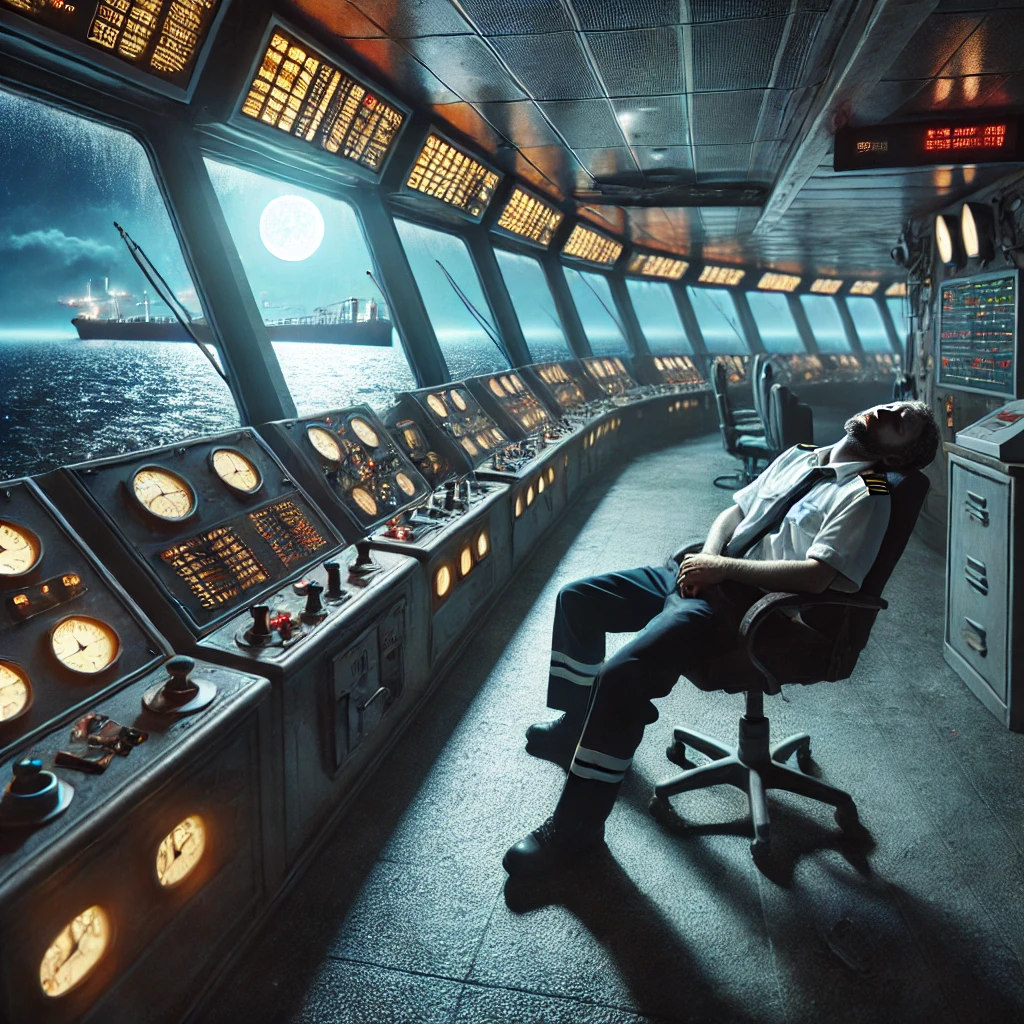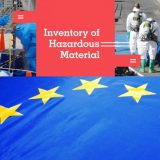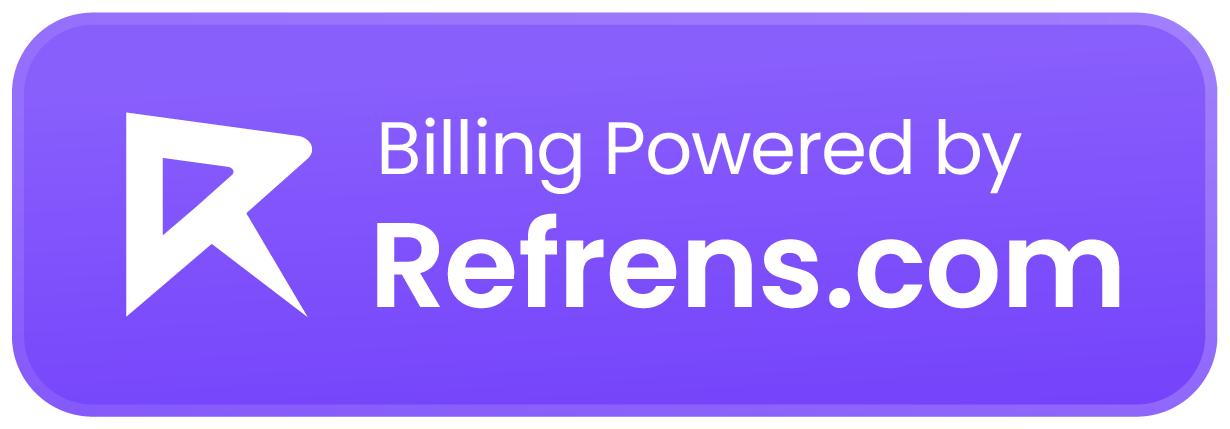One of such educational and enlightenment programmes, it said, is the International Maritime Seminar for Judges, billed to commence in Abuja July 5.
The Executive Secretary/Chief Executive Officer of the Council, Bar. Emmanuel Jime, during an interactive meeting with the media in Lagos, said such training has become imperative because globally, shipping and foreign trade is guided by international conventions, laws and regulations, which adjudicators must be acquainted with.
“The Nigerian maritime space is no exception, which is why Nigerian Shippers’ Council in collaboration with National Judicial Institute (NJI) conceptualised the first edition of the Maritime Seminar for Judges in 1995.
“The seminar, which later culminated to International Maritime Seminar is aimed at creating a platform through which Justices/Judges of various courts, both in Nigeria and West African sub-region are enriched with the requisite jurisprudence to enable them face the challenges of interpretation and application of both domestic and international maritime law principles in the settlement of shipping and maritime related /claims disputes.
“Bring together stakeholders, ship owners, terminal operators, government agencies, marine underwriters/surveyors, the academia, international maritime organisations, transport and logistics experts to discuss issues concerning the sector and proffer solutions where necessary,” he explained.
According to him, admiralty matters are within the exclusive jurisdiction of the Federal High Court, whereas State High Court judges who in their entire career at that level do not sit over such cases are elevated to the appellate court, where they are faced with appeals arising from the maritime industry.
He wondered how such a judge could cope without requisite understanding of the industry, adding that the seminar had come to bridge the knowledge gap.
Jime stated that this year’s edition is the 16th in the series and will hold at the Abuja Sheraton Hotel and Towers from Tuesday 5th to Thursday 7th July, 2022.
The training, he said, will address the following: “Application of torts and bailment in Bill of Lading contracts; current issues in Port Operations (Standard Operating Procedure in ports and arising legal issues, Nigerian Customs E-Vin Valuation Method); current issues in Maritime Adjudication and Practice (The Challenges of simple Contracts in the adjudication of maritime claims in Nigeria; ‘sui generis’ in Admiralty and the Jurisdiction over Crew wages in Nigeria and Cargo Clearance & the Limits of Admiralty Jurisdiction.”
Others are security of the Maritime Domain (Piracy and Armed Robbery at Sea): Suppression of Piracy and other Maritime Offences (SPOMO) Act; case management in the Resolution of Maritime disputes: Alternative Dispute Resolution, Arbitration and the use of Technology as well as stress management.
Jime assured that the Council is not resting on her oars to deliver on her mandate and ensure that Nigerian Ports are competitive when compared with neighbouring ports in the West African sub-region. This, he said, could only be achieved and sustained through effective collaboration with critical stakeholders in the industry.





